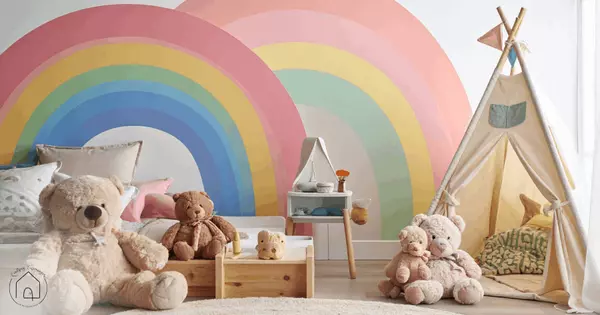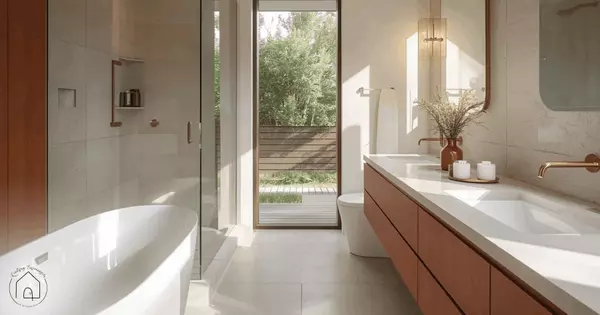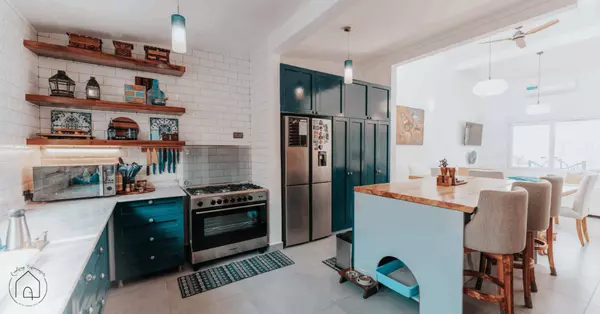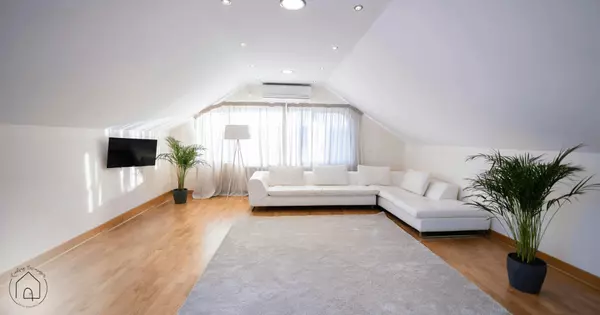Why Balance Matters in Home Design
In home design, balance is a key principle that can transform a space from chaotic to harmonious. It’s about creating a sense of equilibrium, where no single element overpowers the others. Achieving balance in your home design can make your space feel more comfortable, aesthetically pleasing, and functional.
Understanding Balance in Design
Balance in design refers to the distribution of visual weight within a space. This doesn’t just apply to physical objects, but also to color, texture, and even lighting. When elements are balanced, they create a sense of stability and order, making the space feel cohesive.
Types of Balance
1. Symmetrical Balance:
Symmetrical balance is achieved when elements are arranged evenly around a central point. This type of balance is often found in traditional or formal designs, where pairs of objects (like two sofas facing each other) create a mirror image. It’s a classic approach that evokes a sense of calm and order.
2. Asymmetrical Balance:
Asymmetrical balance involves arranging different elements that have equal visual weight but are not identical. For example, a large piece of artwork on one side of a room can be balanced by a group of smaller objects on the other side. This type of balance is more dynamic and can add interest and movement to a space.
3. Radial Balance:
Radial balance occurs when elements are arranged around a central focal point, like the spokes of a wheel. This type of balance is less common but can be very effective in rooms with a central feature, such as a chandelier or a round dining table.
How to Achieve Balance in Your Home
1. Consider the Layout:
Start by planning the layout of your room. Consider the size and shape of the furniture, and how it will fit within the space. Make sure that larger pieces are balanced with smaller items, and that there’s enough space for movement.
2. Use Color Wisely:
Color can greatly impact the balance of a room. Dark colors tend to feel heavier, while lighter colors feel more airy. Distribute colors evenly throughout the space to avoid any one area feeling too dominant.
3. Mix Textures and Materials:
Combining different textures and materials can add depth and interest to a room, but it’s important to balance them. For instance, if you have a lot of sleek, modern surfaces, balance them with softer, more tactile elements like plush rugs or textured fabrics.
4. Focus on Focal Points:
Every room should have a focal point, whether it’s a fireplace, a piece of artwork, or a stunning piece of furniture. Ensure that other elements in the room complement this focal point without competing for attention.
5. Balance Light Sources:
Lighting plays a crucial role in balancing a room. Layer different types of lighting, such as ambient, task, and accent lights, to create a well-lit space that feels balanced. Avoid harsh contrasts between light and dark areas.
Achieving balance in home design is about creating harmony and ensuring that every element in a room works together. Whether you prefer a symmetrical, asymmetrical, or radial approach, the key is to think about how each piece contributes to the overall feel of the space. A well-balanced room not only looks good but also feels good, providing a space that’s both functional and inviting.
Categories
Recent Posts












